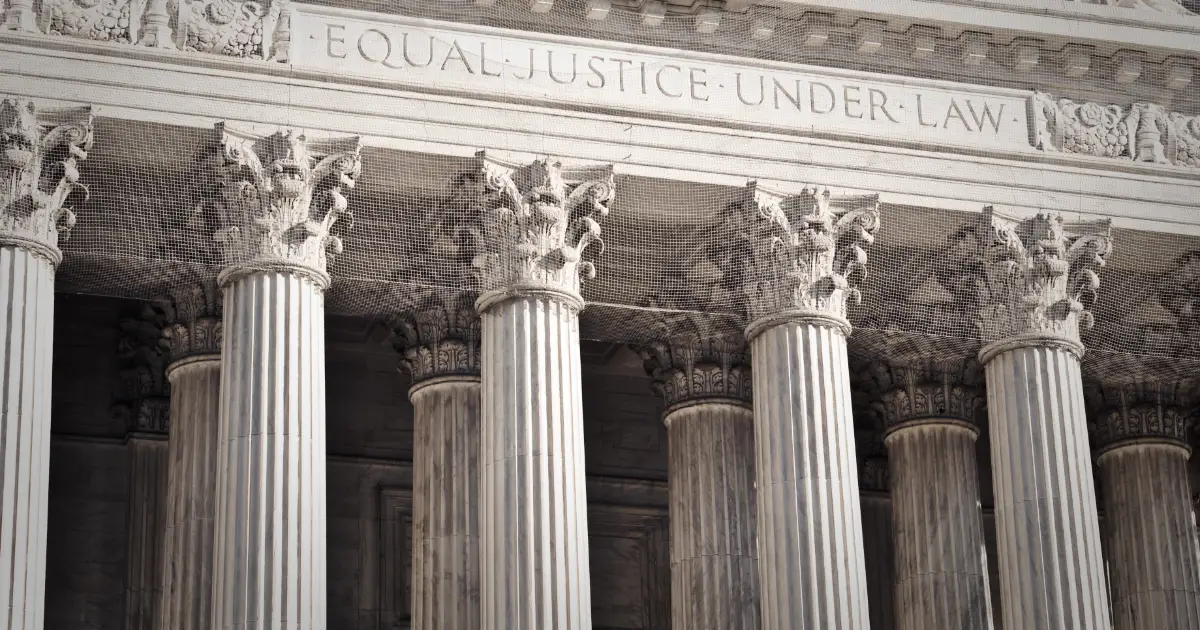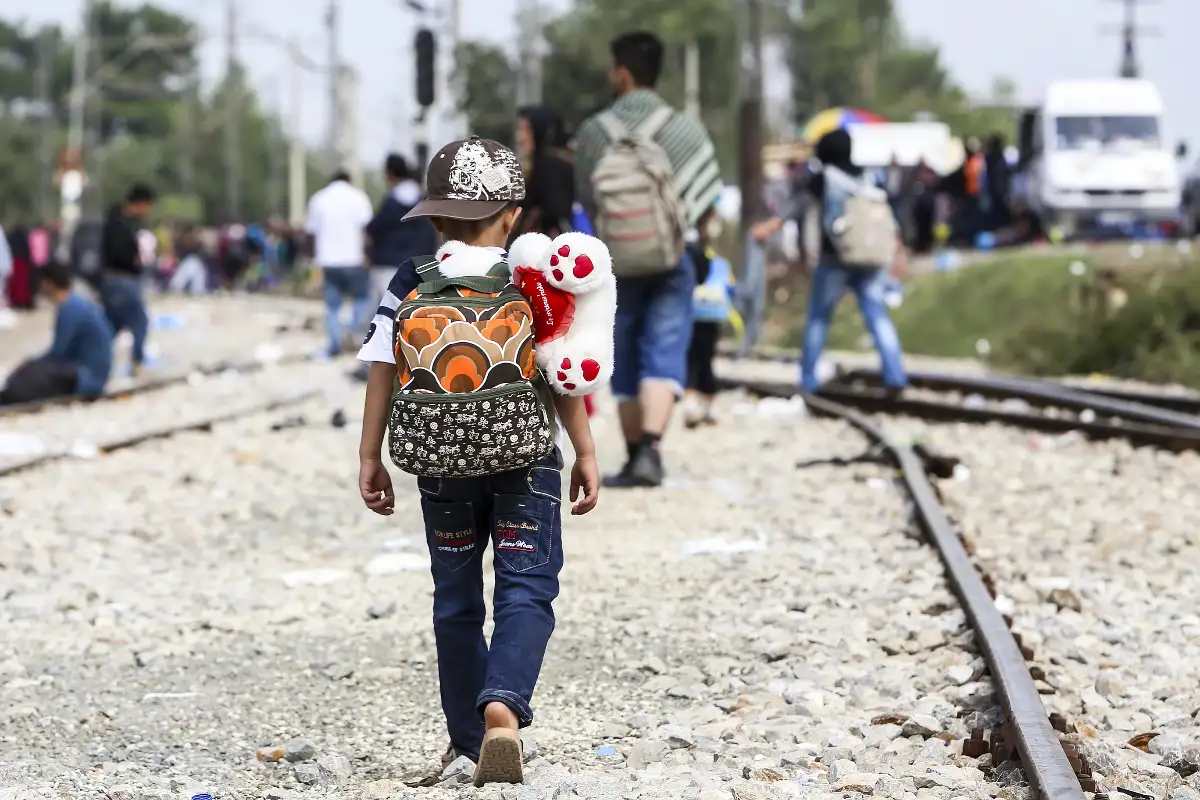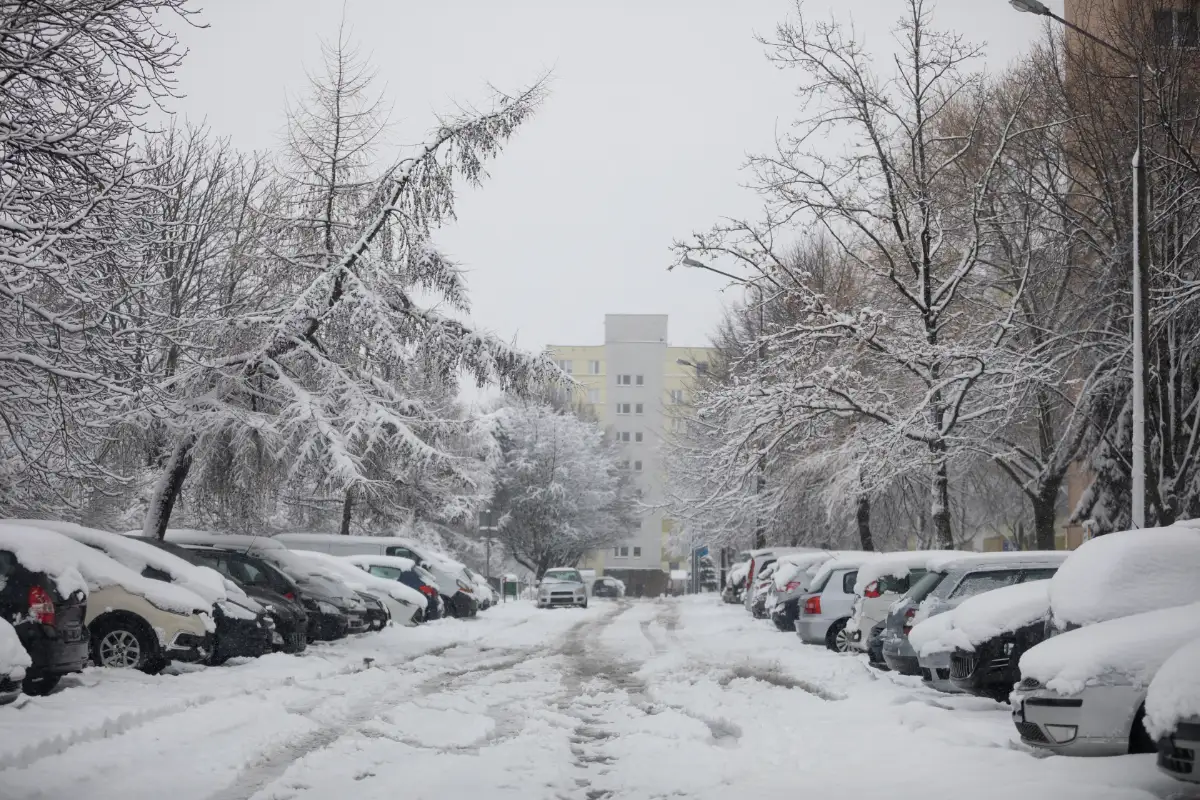The passage of the One Big Beautiful Bill (H.R. 1) marked a watershed in the ongoing narrative of American immigration. Signed into law by President Donald Trump on July 4, 2025, the legislation’s very name encapsulated both the performative branding and deep polarizations that colored its trajectory through Congress. During the months leading to its signing—which fell on a day invoking patriotism and the American promise—Capitol corridors were thick with anxious debate, protest, and behind-the-scenes strategizing. It was more than just a budget package: it became a referendum on American identity, national borders, and the fate of those who hoped to cross them.
At the heart of the Act was a sweeping—and, to many, draconian—reimagining of US immigration enforcement. Officially, the legislation was presented as a comprehensive appropriations bill, spanning everything from tax code revisions to military expenditures. But it quickly became clear that its most electrifying—and divisive—provisions concerned the reshaping of the immigration enforcement apparatus and erasing many of the protections immigrants and their US-born children had gained in recent decades. The sheer scope drew sharp lines between supporters, who saw it as the long-awaited fulfillment of Trump’s border security promises, and critics, who read it as an existential threat to both vulnerable communities and the rule of law.
Among the most consequential shifts was the radical expansion of federal detention capacity. The bill authorized a staggering $45 billion over four years for new and upgraded detention centers, aiming to sustain daily populations of up to 100,000 non-citizens—many in facilities run by for-profit corporations whose lobbyists had become familiar faces on Capitol Hill. One unforgettable image, recounted by a volunteer lawyer leaving an El Paso detention facility, was that of rows of mothers quietly clutching the hands of their children, uncertain if morning would bring release or indefinite confinement.
The bill swept away prior constraints that had governed the treatment of minors and families held in immigration custody, most notably those established by the Flores Settlement, which for decades had barred the government from holding children in unlicensed facilities for more than 20 days. Now, the law explicitly sanctioned indefinite family detention, even in unlicensed centers. As one faith-based advocate put it, “It is as if the trauma of 2018’s family separations was not a lesson, but a blueprint.”
To enable these ambitions, the bill further pumped funds into Immigration and Customs Enforcement (ICE), allocating over $30 billion in new monies to recruit and field nearly 10,000 new deportation officers, expand detainee transportation, and bring in swathes of new government lawyers. The effort to federalize the removal infrastructure was mirrored at the state and local level: by reviving and supercharging ICE’s controversial 287(g) program, the government empowered local police—sometimes over the objections of big-city mayors and police chiefs—to arrest and detain individuals based solely on their immigration status. More than $13 billion was set aside to reimburse states for their assistance, and in some towns, this money—much needed for basic services—came with its own perverse incentives.
Meanwhile, expedited removal procedures were streamlined and broadened. Previously, only undocumented migrants detained near the border within two weeks of entry could be rapidly removed without an immigration judge’s full hearing. The new law dramatically expanded this mechanism, permitting immigration officials to summarily expel any non-citizen found inadmissible on criminal or security grounds, regardless of how long they’d lived in the US. Human rights organizations quickly decried the likely result: long-term residents, sometimes with US citizen spouses and children, whisked out of the country with vague or unsubstantiated criminal allegations and scant judicial review.
Border security, Trump’s signature cause, saw historic investment. Over $46 billion was set aside for the so-called “Great American Wall,” adding new fortifications, sensors, floodlights, and surveillance systems to the southern border. Some border towns, many shaped by two-hundred years of cross-border kinship, watched as construction equipment and National Guard convoys transformed desert and brushland into zones of barbed wire and concrete. A further $29 billion flowed into Customs and Border Protection, supporting a surge in manpower and technology—from drones to advanced biometric screening at ports of entry. The US military, too, received a billion-dollar allocation for asset deployment. Many immigration advocates and local residents saw a troubling escalation: the line between national security and domestic policing blurred at the frontier.
Of all the legal mechanisms revived by the One Big Beautiful Bill, few were as symbolically loaded as the formal return and institutionalization of the Migrant Protection Protocols, better known as “Remain in Mexico.” The bill codified and funded these protocols, forcing tens of thousands of asylum seekers to wait in squalid, dangerous camps on the Mexican side of the border during the duration of their US court proceedings. Even in the face of surging violence and humanitarian crisis in the camps, the administration argued the measure was necessary to deter “fraudulent” claims and keep the border under control. The effect, say observers, was to transform border cities like Matamoros into liminal holding zones, dotted with makeshift schools and churches, and filled with stories of hope battered by repeated postponement and uncertainty.
Beyond this, the Act’s humanitarian implications rippled through every step of the immigration process. Major sections of the bill placed new hurdles before those seeking asylum, humanitarian parole, or Temporary Protected Status. Fees were raised and re-categorized as “non-waivable,” so even indigent families and children fleeing violence faced mandatory $1,000 application costs. Legal aid groups warned that these financial burdens would force thousands to attempt crossing at more dangerous points, or disappear into the underground economy, rather than risk encountering federal officials. In another controversial move, a tax was imposed on overseas remittances, aimed ostensibly at discouraging unauthorized work and draining the financial lifeblood many immigrants sent to relatives in their home countries.
Perhaps no aspect drew as much condemnation as the law’s direct assault on social safety nets and immigrant children. Lawfully present immigrants—those with green cards and work permits—lost access to federal health insurance programs and nutrition assistance, endangering not just immigrants themselves but millions of their US-born children. A case manager for a health clinic in Fresno recalled parents weeping as they asked whether their diabetic son would lose coverage for insulin; across town, a teacher recounted how the new rules would force families to choose between legally mandated school attendance and the fear of being reported to ICE agents stationed outside school buildings.
The Act’s supporters, meanwhile, countered that these strong measures simply reflected the will of the American people and the necessity of regaining control over the immigration system after decades of drift and dysfunction. For every anguished headline, a proponent could marshal statistics: a projected reduction in unauthorized crossings, a reported increase in successful deportations, an ever-tougher posture meant—so the official line went—to restore order and deter future surges at the border. Conservative talk radio hosts railed against “open-borders extremists,” and Trump himself hailed the act as a “new birth of American sovereignty.”
The political drama surrounding the bill’s passage played out at fever pitch. In the Senate, debate ground on for days, finally breaking via a tiebreaking vote from Vice President J.D. Vance. Within the Republican caucus, deep fissures were evident: libertarians and business-aligned moderates baulked at the scale and scope of federal involvement and questioned the budget-busting expenditures. On the other side, immigrant advocates filled congressional hearing rooms, holding up photos of children deported alongside their parents, and faith leaders invoked scripture and the nation’s own immigrant roots in passionate floor speeches. Polls tracked the seesawing public opinion: support for border security often tracked with concerns about due process and hardship for families mixed in legal status.
Behind the legal text and constitutional wrangling lay deeper questions: What is the rightful boundary of executive authority in a nation built by immigrants? By using budget reconciliation to make such profound policy changes—a method requiring only a simple Senate majority—the bill sidestepped the long-standing tradition of bipartisan negotiation that had governed major immigration reform over past decades. Scholars wondered aloud if this “end run” around regular order would prove lasting—or whether it might be dismantled at the next swing of the electoral pendulum.
What became clear was that the law’s ambitions were unequivocal: to maximize executive latitude in defining who could remain in the country and who must go, and to do so with little judicial oversight. The Act capped the number of immigration judges at 800, a mere 100 above current levels, even as caseloads soared. Rank-and-file judges, often swamped with complex cases, warned that under such strain, hearings would become pro forma rituals and justice a casualty of expedience. The expansion of expedited removal procedures evoked chills among human rights lawyers who had worked with refugees and survivors of violence. The logic of “zero tolerance,” which fueled the family separation crisis of Trump’s first term, found fertile ground—now supercharged by the new legislation’s penalties and streamlined prosecutorial tools.
For those on the ground, especially in America’s mixed-status communities, the emotional toll mounted. Families who had once participated in their towns and schools with relative confidence now retreated to the margins, gripped by anxiety that an encounter with police could trigger not just arrest, but permanent, life-altering separation. Child psychologists recorded rising cases of PTSD, depression, and behavioral problems among US-born youth with undocumented parents. Social safety nets frayed: food banks swelled, schools scrambled to replace departed students, and community clinics braced for increased need even as public funding evaporated.
To fund this massive expansion, the legislation ran up staggering appropriations for both USDHS and the USDOS. The Department of Homeland Security, already one of the federal government’s most muscular agencies, saw its budget reoriented to serve almost exclusively the cause of enforcement and removal—at the expense, critics argued, of legal immigration mechanisms or community integration. The State Department, less visible in the headlines, received billions for new consular staff, increased visa fees, and expanded overseas screening operations—trusted less in their function as promoters of US diplomacy than as gatekeepers and vetters of the unwanted.
The knock-on effects reverberated through the labor market and rural economies. Farmers faced acute shortages of labor, with field crops spoiling for lack of migrant laborers once willing to risk border crossings in pursuit of a few months’ wages. Construction sites fell quiet, and local restaurant owners in southern states described anxieties as key workers disappeared or simply stopped reporting for fear of random ID checks and arrest.
Legal challenges sprang up quickly. Civil society organizations, flush with public donations and backed by prominent pro bono law firms, sued to block parts of the law, arguing, among other things, that indefinite detention of children constituted cruel and unusual punishment under both US and international law. Lawsuits challenged the use of rapid deportations and the exclusion of immigrants from social safety nets, yet the conservative tilt of the Supreme Court and lower appellate benches meant that, at least for now, judicial remedies lagged behind the force of federal power.
Despite its scale, the One Big Beautiful Bill left many core questions unsettled. Supporters celebrated a drop in southern border crossings and a spike in deportations, yet the deeper goals of “solving” immigration—and the broader issues of economic disruption, humanitarian crisis, and social division—remained stubbornly out of reach. For every story touting regained sovereignty, there was a human counterpart: a student forced to abandon scholarships when a parent was deported; a rural hospital in Texas left scrambling when its nursing staff shrank overnight; indigenous cultural sites bulldozed under the latest border wall extension.
Thus, the One Big Beautiful Bill stands less as a settlement of the nation’s great immigration debate and more as a new beginning—a reset that may define a generation’s understanding of borders, belonging, and the concrete realities lurking behind legislative abstractions. Its legacy will be contested not only in courtrooms and polling places but in the neighborhoods, schools, and worship spaces where the future of American identity is being debated, one day and one family at a time.



